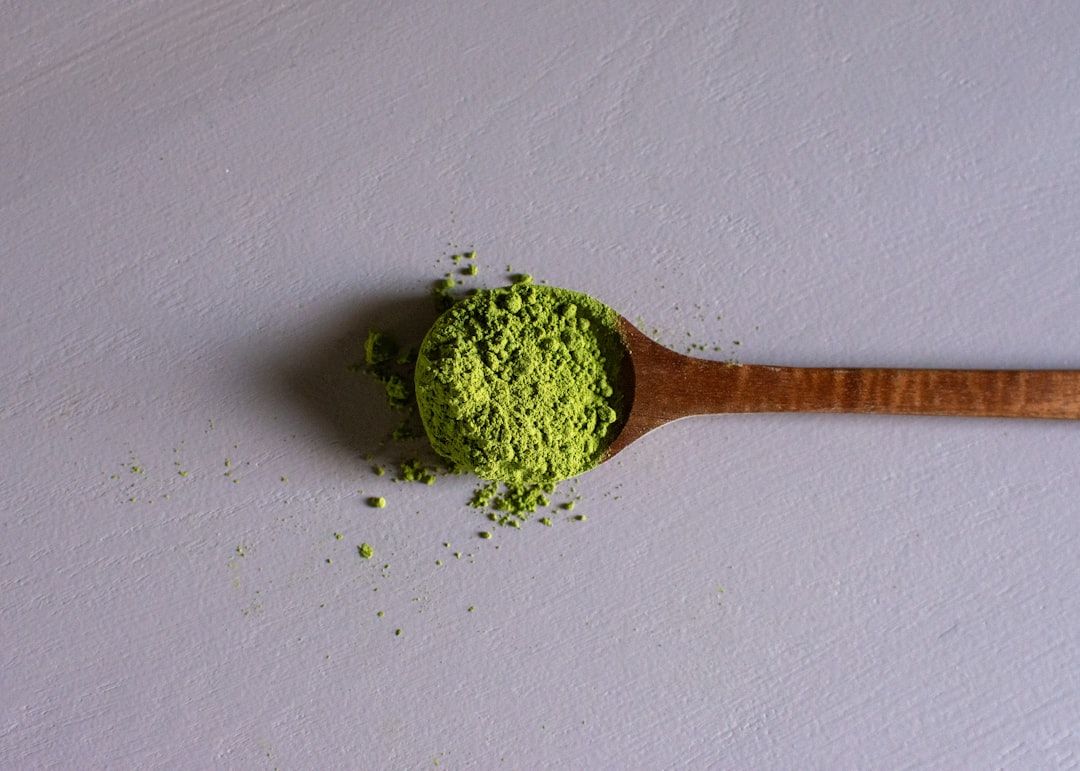What is matcha? Where it's from and how it's made
The tea has been all the rage recently. Here's what you need to know

Matcha & CO via Unsplash
If someone had told you a few years ago that a simple cup of tea could become trendy to the point of causing worldwide shortages, you probably wouldn’t have believed them. But that's exactly what's happened with matcha.
Suggested Reading
Matcha tea — and lattes, and cupcakes, and pretty much anything else you can flavor or garnish with it — has become a trend that's taken over the United States and earned a place in hipster coffee shops, bakeries, and grocery stores. Here’s what you need to know about this in-demand product.
Related Content
What is matcha?

Andrea Lacasse via Unsplash
Matcha is a tea made from the camellia sinensis plant — the same plant that's used to make many other kinds of tea. It's processed to turn it into a powder that has a distinctive grassy and slightly sweet flavor with noticeable umami.
Matcha is traditionally used in Japanese tea ceremonies. It's also become incredibly popular in the Western world, where it's used as a tea and in matcha lattes, smoothies, and sweet treats.
Where matcha comes from
Today’s matcha comes from Japan, where the drink is used in tea ceremonies. The history of this tea is a long one, however, and the way the plant is cultivated and processed has evolved over centuries.
Origins in Japan
The history of tea, how it spread around the world, and when to call it tea or cha can be pretty confusing.
The tea originates in China, and a form of matcha was popular in the Tang and Song dynasties. In the 11th century, a Zen Buddhist brought the tea to Japan, along with the Chinese method of grinding the leaves and whisking them with hot water.
Over time, the Japanese refined both the growing and processing methods. Matcha became an important part of their culture, being used for the tea ceremony (known as chanoyu).
Today, matcha is grown in several regions of Japan, including Uji (Kyoto), Nishio (Aichi), Shizuoka and Fukuoka. To understand why matcha became central to Japanese culture, we need to look at how it traveled from China to Japan.
Cultural significance
The combination of distinctive flavor and appearance, and the Zen meanings associated with the beverage, helped matcha become a global beverage trend. Even Starbucks has ventured into the world of tea bars, looking to capture a more health-conscious demographic.
Because matcha was brought to Japan by a Zen Buddhist, it became a part of their meditation rituals and a key part of Japanese culture, with warriors even consuming the drink to heal from the physical and mental ravages of war. It helps people embrace the philosophy of "ichigo ichie," meaning "this moment will never come again." Through the ceremony, tea drinkers are encouraged to embrace hospitality and cherish each moment.
How matcha is made
What makes matcha unique is how it's grown and processed. The differences between matcha and other teas start in the growing methods. Matcha follows a unique journey from the field all the way to your cup.
Growing the tea plants
Matcha plants are grown in the shade. The camellia sinensis plants are covered (usually with bamboo) 3-4 weeks before harvest, helping boost chlorophyll and amino-acid production.
Harvesting and processing
The plants are harvested by hand, with workers carefully selecting young, tender leaves to ensure the highest quality. These leaves are steamed to prevent oxidation and keep the tea fresh. They're then processed to remove the veins and stems, producing tencha.
Stone grinding into matcha powder
The tencha is stone-ground in a granite mill to produce a fine powder. This is done slowly. It takes around an hour to produce a small amount of powder. The slow grinding process stops the stones from heating up and roasting the leaves.
Good-quality matcha should be bright green from the chlorophyll in the leaves. Lower-quality matcha may become discolored due to oxidation or overheating.
Grades of matcha
Before being batched up for sale, matcha is graded based on its color, flavor, and texture. In Japan, you'll find many different types of matcha, marketed for different uses. Outside of Japan, the powder is divided into two main categories.
- Ceremonial-grade matcha is perceived as being higher quality and is primarily used for making tea. It has a gentler, less bitter taste but costs far more.
- Culinary-grade matcha tends to be thicker and has an astringent flavor that's too powerful for use in making teas. However, it works well for baking. It's also suitable for use in lattes, as the milk and sweetener even out the flavor.
Matcha is quite expensive, with the average cost per gram being $0.25 - $0.50 for culinary grade, and up to $1 for ceremonial grade. A combination of tariffs and high demand for the product, along with adverse weather conditions, has led to shortages and increased prices further. However, it can be worth paying more for the highest-quality ceremonial matcha products so you can enjoy the true taste experience.
